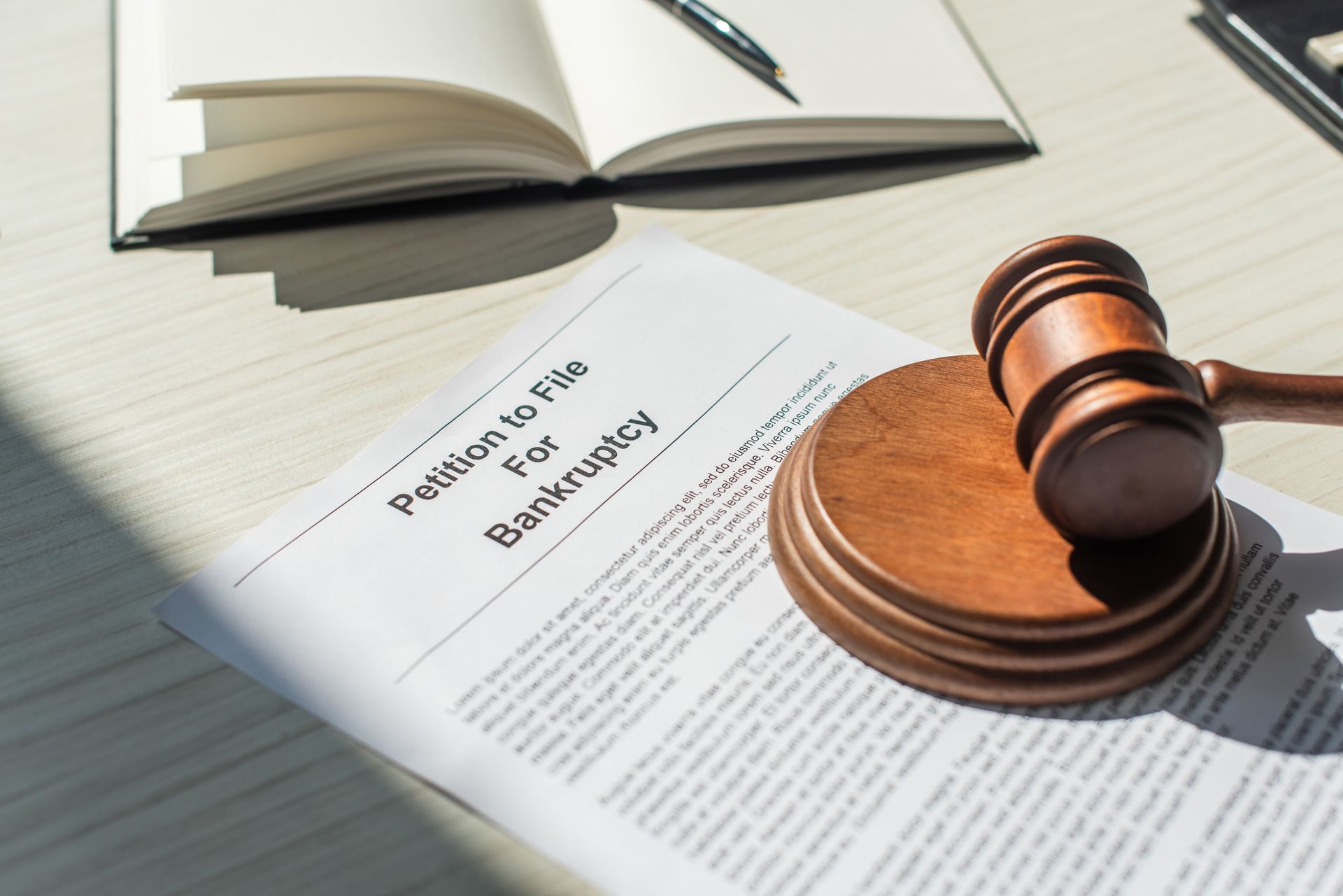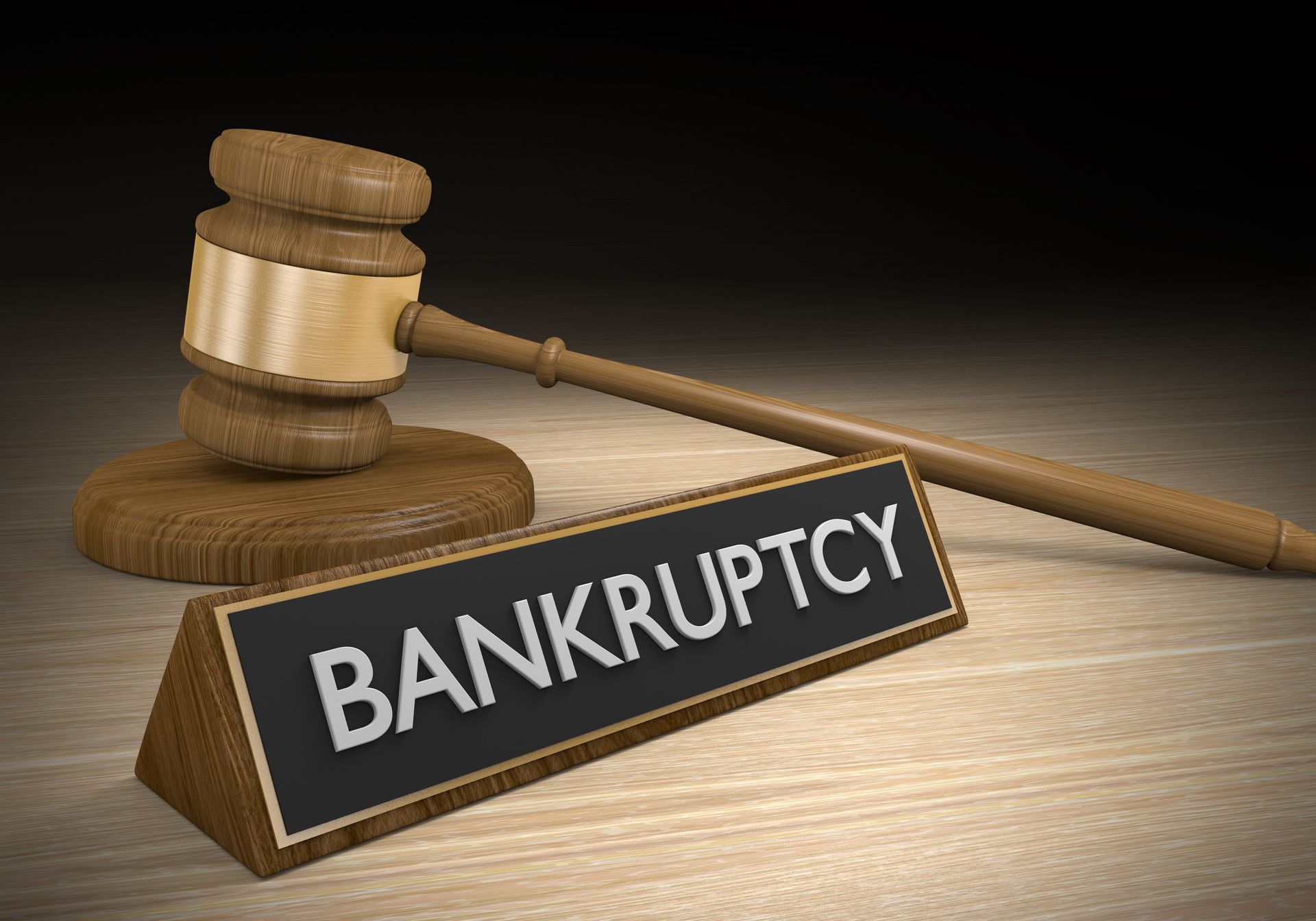Contact Us
Phone: 423-205-7744
Location
4416 Brainerd Rd.
Chattanooga, TN 37411
Hours
- Mon - Fri
- -
- Sat - Sun
- Closed
Call Now 24/7 Free Consultation: 423-205-7744
Is Finding Debt Relief One of Your 2020 New Year’s Resolutions?
 Did you know that 67% of Americans planned to make 2020 New Year’s resolutions focused on their finances? Paying down debt was one of the top two financial resolutions Americans planned to focus on in 2020 alongside saving more money (Fidelity Investments survey). If you’re reading this, you’re well aware that the reason this type of resolution is so popular is that making the resolution is much easier than successfully keeping the resolution. Various studies have shown that 1/3 of New Year’s resolutions don’t even last through January.
Did you know that 67% of Americans planned to make 2020 New Year’s resolutions focused on their finances? Paying down debt was one of the top two financial resolutions Americans planned to focus on in 2020 alongside saving more money (Fidelity Investments survey). If you’re reading this, you’re well aware that the reason this type of resolution is so popular is that making the resolution is much easier than successfully keeping the resolution. Various studies have shown that 1/3 of New Year’s resolutions don’t even last through January.
If you are hoping to find debt relief in 2020, consider these suggestions. They could help you end up one of the lucky ones that accomplish their New Year’s resolution before the next year rolls around.
If you have a 2020 New Year’s Goal to Find Debt Relief, start with these tips:
- Look into Joining a Support Group: Support groups exist for a reason. In many situations, it is entirely acceptable and natural to turn to friends and family for support, and doing to can be extremely beneficial. Sadly, when someone is experiencing a terrific financial struggle, considering filing for bankruptcy, or scared that their wages are about to be garnished, they often don’t feel discussing the details with their friends or family. Joining a support group provides the opportunity for camaraderie and support from people who know what you’re struggling with because they’re struggling with it, too. It creates a sense of immediate acceptance in which you may feel comfortable discussing your situation with someone who could lend support, offer guidance, or remind you that you’re not alone.
- Don’t Be Afraid of the Details: Creating a decisive financial goal is excellent, but it’s not going to go very far if you don’t have a solid plan. And the trick to creating a solid plan is in the details. Are you afraid of the details? If so, you aren’t alone. It’s shocking how many Americans don’t know the full extent of their debt. They may have a vague idea, but not an actual numerical accounting of what they owe which lender, how much they owe in monthly minimum payments, what their interest rates are on various accounts, or even what type of fees they pay each month or year. For the plan to succeed, you have to get very familiar with every little financial detail. Make an extremely thorough list of your money, your debt. It’s the only place to start.
- Automate Your Bill Payments: Once you know all the details, it will be far more straightforward for you to identify the bills that are the top priority. For most these tend to be their mortgage or rent payment, their utility payment, their water bill, etc. You get the picture. Once you know your income and your expenditures, take some time to designate those bills that must be paid every month and set them up on automatic payments. By setting up autopay, you not only create a firm understanding of the necessities paid each month, but you will have a clear view of what you have leftover to pay towards outstanding debt.
- Keep Tabs on Your Credit Report: If you are worried about your finances and getting out of debt, you may also be concerned about your credit score. You wouldn’t be out of line – it’s a good idea to include your credit report when you dive into the details of your finances. Check to make sure there are no errors, fraudulent accounts, etc. Then keep an eye on it as you make moves to improve your financial situation by getting out of debt to ensure that your hard work is reflected accurately.
- Pin Down Your Student Loans: Many Americans are somewhat uncomfortable talking about their student loans because: a) they left college carrying a hefty balance, b) they are delinquent on their payments, c) they have an uncomfortably high monthly payment, or d) they have been underpaying (or not paying) their student loans for so long that the balance (instead of going down in the years since they graduated) has only increased. Don’t look the other way if you are in any of these situations. Your student loans will be a big part of the process as you attempt to get out of debt even though they are not always treated equally. For instance, it is very rare for a student loan to be eligible for bankruptcy discharge.
If you have a significant amount of consumer debt that you can’t seem to get under control, it could be because you have to continue making your student loan payment each month. Consider contacting the lender to see if there are any available programs or temporary payment options that would enable you to have a lower payment temporarily while you paid down other debt. If the situation is too far out of control for a short-term reprieve to be helpful, you may need to consider the potential benefits of filing bankruptcy to obtain a debt discharge of consumer debt, medical debt, etc. The student loans are not discharged, but many can handle the student loan debt once the rest of their debt is discharged, and they are no longer liable.
If you have questions about how filing bankruptcy could help in your situation, or if you need help getting out of debt, don’t hesitate to call Kenneth C. Rannick P.C., Tennessee and Georgia bankruptcy attorney. We help good people through bad times.
The post Is Finding Debt Relief One of Your 2020 New Year’s Resolutions? appeared first on Kenneth C. Rannick, P.C..




Schedule a Case Evaluation
Contact us now!
Homepage FCE Form
We will get back to you as soon as possible.
Please try again later.
By submitting this form, you agree to be contacted by our law firm, either by phone, text or by email.
Hours
- Mon - Fri
- -
- Sat - Sun
- Closed
Flexible Appointment Scheduling
24/7 Phone Availability
*$0 down to get your Chapter 7 case started applies to clients who choose to file a Chapter 7 bankruptcy with the U.S. Bankruptcy Court through Kenneth C. Rannick, P.C. We will open a Chapter 7 file for a client with as little as $0 down, however, our office will not file a client's Chapter 7 without an affordable down payment on attorney fees.
*$0 down to get your Chapter 13 case started applies to clients who choose to file a Chapter 13 bankruptcy with the U.S. Bankruptcy Court through Kenneth C. Rannick, P.C. Our law office will file a Chapter 13 without requiring any costs or attorney fees paid upfront for qualified clients who 1) have not had a prior chapter 13 dismissed within the past year, and 2) are not trying to stop a foreclosure within 20 days of filling bankruptcy.We are a debt relief agency.
We help people file for bankruptcy relief under the Bankruptcy Code.
The information on this website is for general information purposes only. Nothing on this site should be taken as legal advice for any individual case or situation. This information is not intended to create, and receipt or viewing does not constitute an attorney-client relationship.
© Copyright 2023 | All Rights Reserved | Kenneth C. Rannick, P.C. | Powered By Convert It Marketing | Privacy Policy






